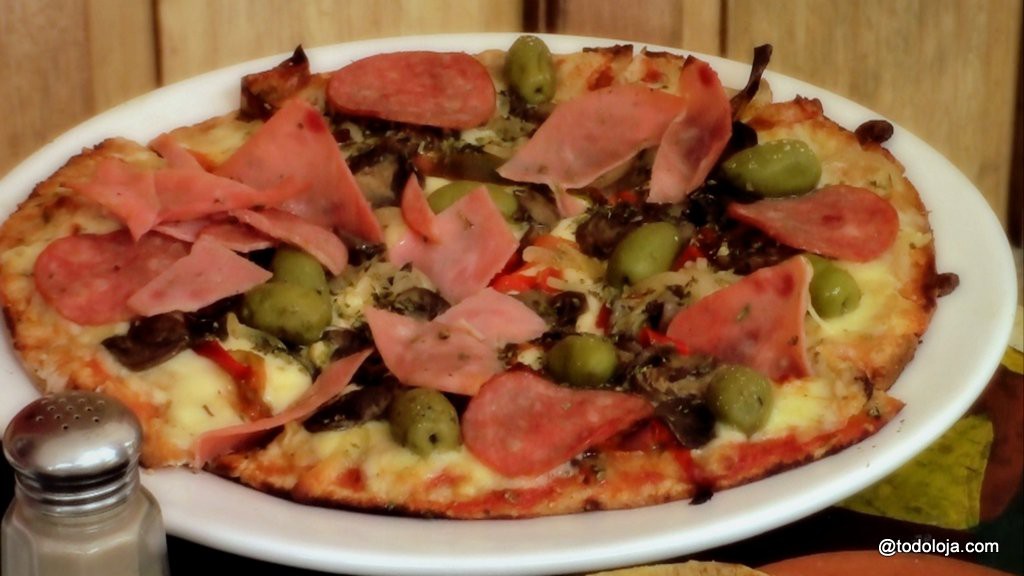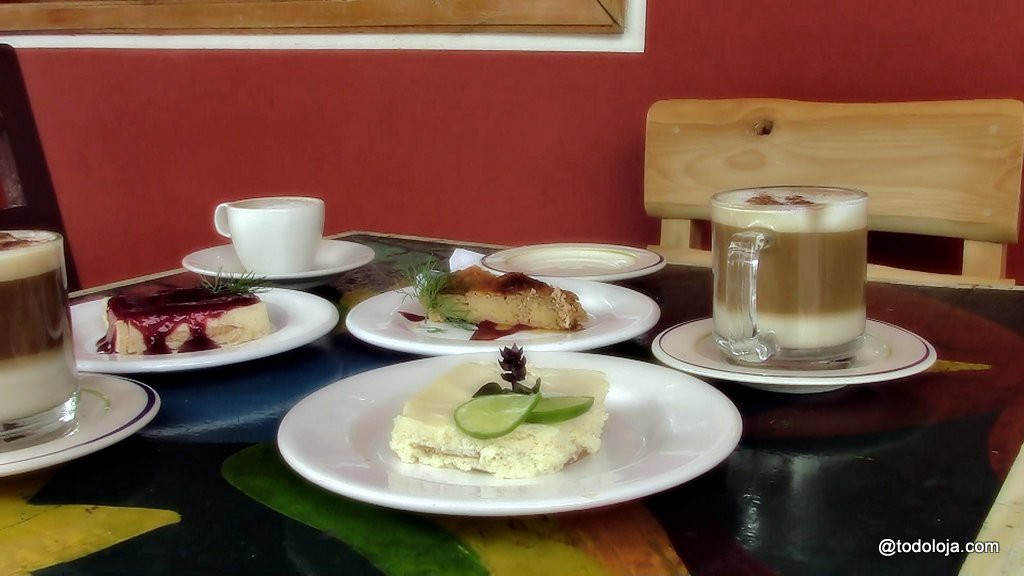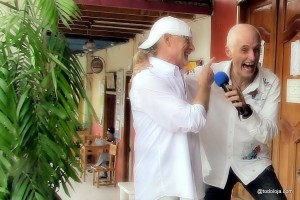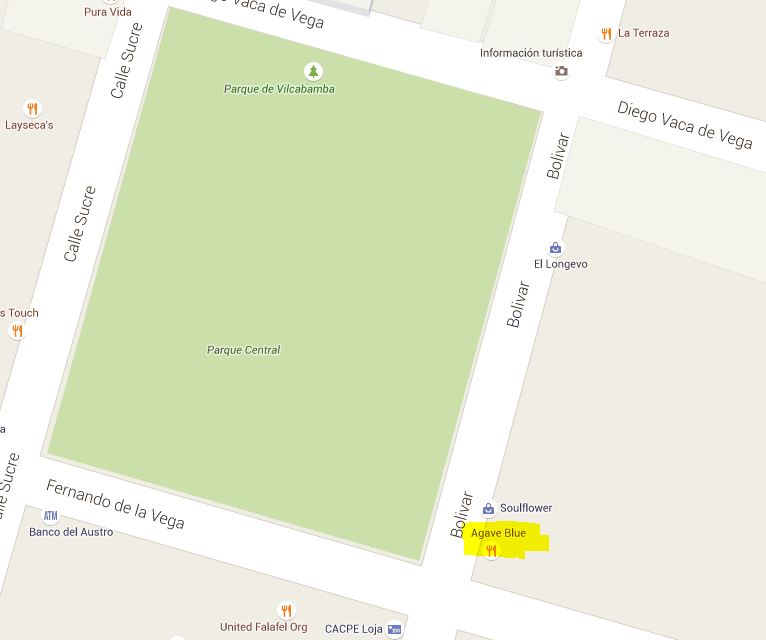Free Energy: the other side of the coin
By Pierre Wauters
bbxmusic.com
I have attended a small segment of the August 14-17 2010 Montesuenos “Truly Sustainable Solutions for Ecuador and the World” conference (Vilcabamba, Loja Ecuador, see www.montesuenos.org ) and, at least in the small segment that I have attended, I must say that what was missing and unsaid feels to me more important than what I have heard. I had to leave after lunch. The afternoon was going to be a discussion panel. I missed the panel but nevertheless, I can write here what I would have wished to say there. The little time I spent at Montesuenos was certainly not wasted as it gave me inspiration to write this essay below.
Energy 101: there are two sides to the energy equation: the supply side and the demand side. The supply side is what is available to us: electricity, transport, heat or any other form of energy that is given (I mean sold) to us. The demand side is how much of it it is that we want and how much of it we can afford. The more energy we want or need, the higher the demand. The demand depends on lifestyle of course. The US is notorious for its high energy demand per capita. The higher the demand, the higher the supply has to be to meet it. It is obvious that if supply does not meet demand, there is a shortage. To a shortage, the response is usually not to look at the demand and try and reduce it but rather to try and increase the supply. When supply meets demand, prices are low and this is what we, in the west, call “economical balance”, which is supposed to bring peace and happiness.
This basic mechanism of supply and demand is what got us where we are, I mean the mess we are in. For decades, we have benefitted from dirt cheap energy in the form of the so-called “fossil” oil (nothing fossil about it but that is another topic). Thanks to this cheap energy, we have been able to do things like never before. And what have we done exactly? Are we more at peace and more enlightened than before? As a species, are we generally happier? Nope. In the west, people work more hours per week than ever, the state of our health is a disaster; diseases that did not even exist 100 year ago have reached epidemic proportion, there is not a single eco-system on the planet that is not in decline, mother earth is in tears, raped, tortured, scarred. Sure, we can fly from A to B in huge planes with one computer per seat, we can divert rivers, mine entire mountains, drill at incredible depths in the ocean, etc… Without this immense supply of cheap energy that we have had available for so long, these things would simply not have been possible.
As a result of all this activity, compounded by the fact that the energy that we have been using is dirty, we have polluted the planet. However and this is the first important point that I want to make, I believe that the vast majority of the damage that we have caused to our home planet has nothing to do with the fact that the energy that we have used is dirty. Any other form of energy, no matter how clean, would have done the dirty job just as well if not better. A bulldozer that would run on pure water and would emits no fumes whatsoever, or one that runs on cold fusion or vacuum energy can flatten as much Amazonian forest as a classic diesel engine one. I would even say that it could do more damage because the last restriction, which is the price of fuel, would be removed, allowing bigger dozers to be built to do bigger damage for less cost.
My observation is that, as a species, we are just not yet capable, not yet wise enough, not yet “evolved” enough, to be given a lot of energy to play with, let alone energy of the free kind. The first question that comes to my mind when talking about free energy is the following: “assuming that tomorrow we get this free, clean and unlimited energy that we are craving for, what are we going to do with it?” If the answer is “more of the same” then I would say “no thanks”, if the answer is “something different”, then I would say “what on earth makes you think that because the energy is free and clean we are going to use it wisely when history shows us beyond doubt that we won’t”.
Sure, with abundant free energy, we won’t need to drill for oil anymore. Great! We can start drilling for something else then. What could possibly make anyone believe that we would not find something else at the bottom of the ocean that we really want? Hey, we could start dreaming of commuting to Mars and mine it. And why would we stop clearing the Amazonian forest to make pasture for McDonalds’ cows? And why would we stop trying to privatise water everywhere? These activities do *not* depend on whether we use oil, alcohol, water or the energy of the vacuum, do they? In addition, with cheaper and more available energy than before, we could drill deeper, cut down faster, blow up more and fly further and more often. Is this going to make us healthy and happy?
Understand that I am not saying that I love polluting cars and buses and that we should not turn to better forms of energy. We should. What I am saying is that, by itself, this will achieve nothing. Until we look at the other side of the energy equation and, most importantly, until we look at ourselves, nothing will change.
For a start, what exactly is the word “free” supposed to mean in the expression “free energy”? Does it mean that it would cost nothing? If that is the case, I would ask why we think that we could get anything for free when it should be obvious that it is just not the way our current world operates. For example, there is nothing cheaper to produce than water, the whole planet is awash with it. Despite of that, we pay a lot of money for water. It strikes me that a litre of drinking water is in many places more expensive than a litre of gasoline. Water should be free but to many people it is not. This demonstrates that it is not the intrinsic nature of a resource that determines whether it is free or not but rather how we see that resource and who decides to own it. In our current global system, any form of energy, no matter how cheap to obtain or produce would immediately be grabbed by corporations and sold at a high price. This is the nature of our society and unless we change this, nothing will ever be free.
You may say, well no, the word “free” does not mean “gratis” but means available in unlimited quantities. In that case, we have another problem. Like I said earlier, because of the way we are, anything that is available to us we tend to use. If we were to tap into unconventional vacuum energy, also called zero-point energy, what we would do with it would still be conventional work, such as moving a car, lifting a weight, heating a house…. And this work that we do with this energy will produce heat. For example, if homes in cold climates were all equipped with a vacuum energy generator, can you imagine the amount of heat that would come out of these homes? Why bother sealing the windows or even closing them when the vacuum energy heat pump is running day and night for free. And where would all that heat go? Many new-age-free-energy-enthusiasts have no understanding whatsoever of the laws of thermodynamics and believe that, just because energy originates from a non conventional source, such as the zero-point, that energy does not follow the same principles that we have observed for all other forms of energy? Heat is heat and heat does not just disappear. Rather, it accumulates in matter and unless taken away by other mechanisms, the temperature of the matter rises as a result. That is what sun rays have done to ocean water for millions of years and the principle still applies.
Think of it that way. Let’s compare vacuum energy with nuclear energy. If I hold a gram of matter (e.g. iron) in my hand, it does not appear that there is a lot that I can do with this gram in terms of producing energy. What is a gram of anything going to do? But if I understand atomic energy and manage to somehow split the atom of this anything, I can then release enormous amounts of energy from this single gram. If we were to split the atoms, not of a gram but of millions of tons of matter all over the planet, we could release quantities of energy impossible to comprehend. That released energy, when used to do work, would ultimately and inevitably be converted into heat. Literally the whole of planet earth would heat up, burn and/or blow up. Of course, we don’t split the atoms of huge quantities of matter all over the planet, because we can only split material that is radioactive, such as uranium, and that material is dangerous and available in limited supplies and we all know that the by-products of splitting this material are even more dangerous and almost impossible to dispose of (e.g. plutonium). One of such by-products is “depleted uranium”, so called, not because it is harmless, but because it is less radio-active than the non depleted variety and also to make it sound OK for the US and the UK to drop it over the Middle East to help them win their good wars. Vacuum energy is to a cubic meter of nothing what nuclear energy is to a gram of something. A cubic meter of empty space does not appear to contain any energy at all, that is until we understand about the zero-point and manage to find a way to release the energy that is within this cubic meter of nothing (which we now have found). Vacuum energy is incredibly abundant of course. There are many cubic meters of nothingness around us, more than we can comprehend, and, unlike nuclear energy, vacuum energy does not release harmful by-products. But using it, putting that energy at work, would ultimately produce heat just like using any other energy form and we would be able to use truly unlimited amount of vacuum energy and release unlimited amount of heat whereas we are limited in our use of nuclear energy. To my knowledge no-one has done an in-depth analysis of what would be the consequences of playing with these amounts of energy over a long period of time. Ironically it could very well be that our use of dirty non-free energy is what has so far saved us from ourselves.
Let’s now look at the other side of the energy equation, the demand side, and see how working on this side is the only sensible solution to our energy crisis.
Our so-called energy “needs” have steadily increased since the industrial revolution. It seems that the more we’re given, the more we believe that we need and the more we want, just like kids with ice cream. We seem to have reached a point where we are completely confused, not knowing what the difference could possibly be between “needs” and “wants”, let alone what’s “good” for us and our children. For example, once upon a time we were happy with one single warm room to settle into together at night around the fire while it was freezing in all the other rooms. I remember my aunty putting me to bed under 3 blankets in a non heated bedroom in Belgium. Today, we “need” central heating so that all the rooms are equally warm at any point in time. The kids have individual TV sets in their rooms and they each want to watch their favourite TV program. This is what we call “our way of life”; this is what Toni Blair said that we won’t let these Muslim religious fanatics destroy, “our way of life”.
Then, we have more cars per person than ever, we fly to more exotic holiday destinations as ever and we build bigger houses, not just one but two or three, there is no limit. But each car, each house, each TV set, each computer, each plane that we build require materials, metal, wood, plastic etc… These materials in turn require the harvesting of forests or the mining of minerals that we take from the earth.
This is how our demand not only for energy but also for primary materials has increased to a point that, were the people of China and India to adopt the same “way of life”, there would simply not be enough resources available on earth to meet the demand. This is not an energy problem, it is a resource problem.
I live in a small village in the Andes Mountains of a small country called Ecuador. Here, the majority of people are poor and their footprints on planet earth are tiny. They build simple earth houses, wash their clothes by hand in the river and have no car. Many have never travelled outside of their country. Their houses have no heating, they cook on firewood or gas and their entire house would easily run on one single 10 Amp fuse to light the TV set and the few light bulbs that they have. Meeting their energetic demand is a lot easier than meeting the demand of the average European or North American family.
For generations, the people of Ecuador have only known their traditional ways of producing food which requires virtually no energy. The seeds are sown, the irrigation water is collected from the mountains and conveyed by canal, the food is harvested by hand and transported on horseback to the markets. People come to the markets to buy the produce that they carry in baskets or other forms of non disposable containers. For generations, people have thrown what they don’t want (AKA “rubbish”) through the windows, subconsciously knowing that banana peels and chicken bones will all disappear soon thanks to the dogs, the ants, the bugs, the soil flora… Mother earth knows what to do with flesh and bones. Today they still throw the things that they don’t want through the window and it is still called “rubbish”. The difference is that today it is made out of plastic bags, plastic bottles and a myriad of non organic non bio-degradable objects. The people don’t seem to have realised yet that their rubbish no longer goes away as it used to. Or maybe they have but don’t know what to do about it and have decided to look the other way. Who are we to blame? An outside observer of our own societies would probably conclude that we don’t seem to have realised yet that the smoke from our cars is killing us. We are no better.
We use the word “sustainable” all the time as if sustainable necessarily means good. Well, as long as we stay away from nuclear weapons or the infamous WMDs, we seem to have achieved “sustainable war”, haven’t we? War can go on forever and appears to be quite sustainable. Don’t smile. This is in effect what the WMD business is about. Making war is OK as long as it does not kill too many too fast, as long as it of the “conventional” kind and not the “mass destructive” kind, in other words, as long as it is sustainable.
Is planting alcohol producing crops to be used as an energy source for cars sustainable? And if it is, does this fact make it good? What does the word sustainable actually mean? Think about it. Does it mean that we can do it for a very long time? In that case, fossil energy has been quite sustainable! Does it mean that we can do it forever? We can hardly think more than 10 years ahead at the best of time, less for our politicians. How could we possibly comprehend the concept of “forever”? If it means forever, why would we think that running millions of car engines on hybrid battery systems would be sustainable? How many batteries can we manufacture before we run into new problems such as lead or mercury pollution? Batteries last 5 years and that is if you look after them and never let them go flat. Where do they go after that? Do we want landfills with 10 billion batteries in them as the sustainable solution to our problems?
Let’s forget about solar panels and windmills and hydro, we are told. That is the kids’ playground. Let’s go and play with the grownups. Let’s focus on “real” free energy solutions such as the energy of vacuum, cold fusion, cool devices that produce more than they require, seemingly violating the first principle of thermodynamics. To hell thermodynamics! These devices work, they are real, they are the future, we are told. The reason why they are not here yet, you see, is because they have been suppressed. So, we just need to “unsuppress” them and the world is on its way to happiness, finally, right?
I have explained above that the energy released by these free energy devices would still ultimately be converted into heat and just that means that we could not use that energy in unlimited quantities forever. But there is another aspect. No matter how free the energy they produce is, these pieces of gear must be manufactured just like anything else. Depending on what is required to build them and how many are needed for worldwide use, the technology could be scalable or not, I don’t know. That is not the main point though. The main point is that we still haven’t addressed the demand side of our energy equation. We are still with our nose glued on the supply side of it.
What we need to do is to ask ourselves the very fundamental question: “what is it that we really need to take us where we want to go?” There are two sides to this question: the where and the how. First, we need to know where it is that we want to go. Then only, we can ask ourselves how to get there. In that order preferably.
The problem is that the “where” part of the question is extremely hard to answer because the question is outside the realm of technology and science. The question is a philosophical question that can only be answered from within, not from without. It used to be the prerogative of philosophers, wise men, healers, priests … to address this important question of where exactly it is that we are going as a society. Not anymore. With this sense of direction lost, we seem to be paddling in circles, only knowing that we want to go faster, but faster to where??
So, my solution to the energy problems of our times is to get back to that question of where we want to go as a species. In the course of the doing that, we will inevitably hit the demand side of the energy equation. How much energy do we actually need and what do we want to do with it and why? Do we really need more energy? Could we not, God Forbid, for a minute consider reducing our demands and needs which would in turn reduce the pressure on our environment?
In the end it boils down to “being” versus “having” versus “doing”. We have become obsessed with the latter two. Having gives us status. Doing keeps us busy and distracted. Both give us identity and feed our egos. Even having good things, such as an art collection or a wonderful home or a ranch with beautiful horses is still “having”. Even doing good things such as leading the free energy movement, the 9/11 movement or the Vilcabamba landfill management project is still “doing”. People love having and doing. Having and doing require a lot of energy and admittedly if the energy was free and non-polluting, it would allow us to have more and do more. Being is harder. Being does not require energy. One can sit under a tree for 4 hours and “be”. We need to learn to be more, have less and do less.
The people of Vilcabamba and other villages of Ecuador can help us because many are doing just that: have little, do enough, be plenty. Instead of teaching them what to do to become like us, we need to watch them more, let the deep silence of the mountain fill up our hearts and start being.
—–
Original article published at https://bbxmusic.com/Projects/Articles/14.aspx
Copyright 2010 seekvilcabamba.com
You are allowed to reproduce as long as the text is not edited, credit to the author is given and a hyperlink to the original location of the article is provided









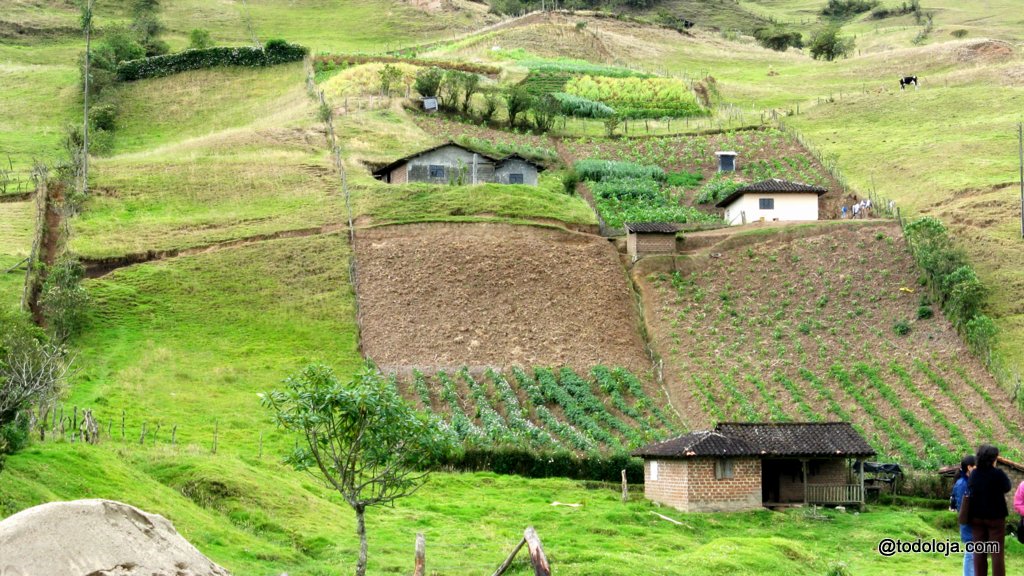





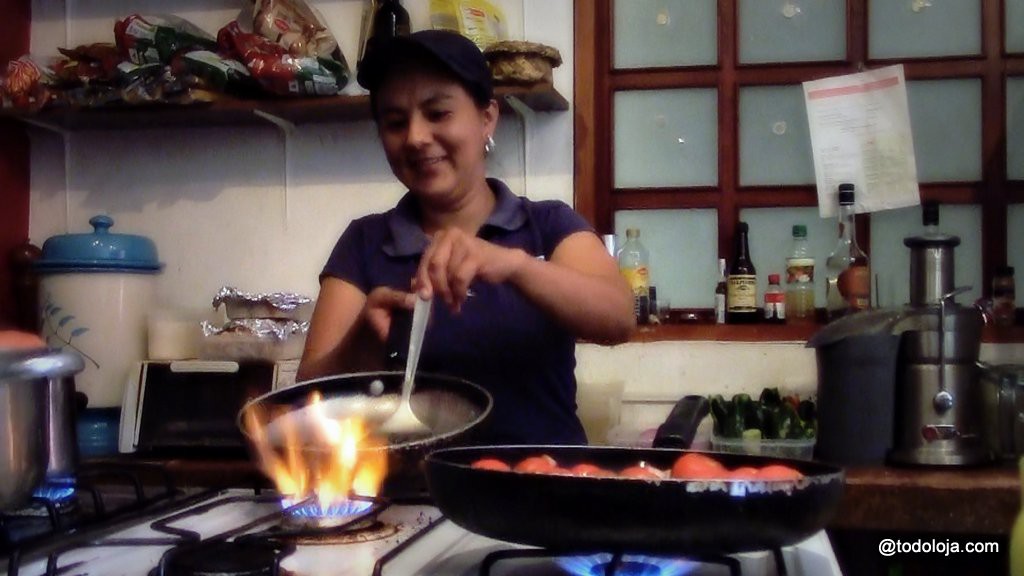
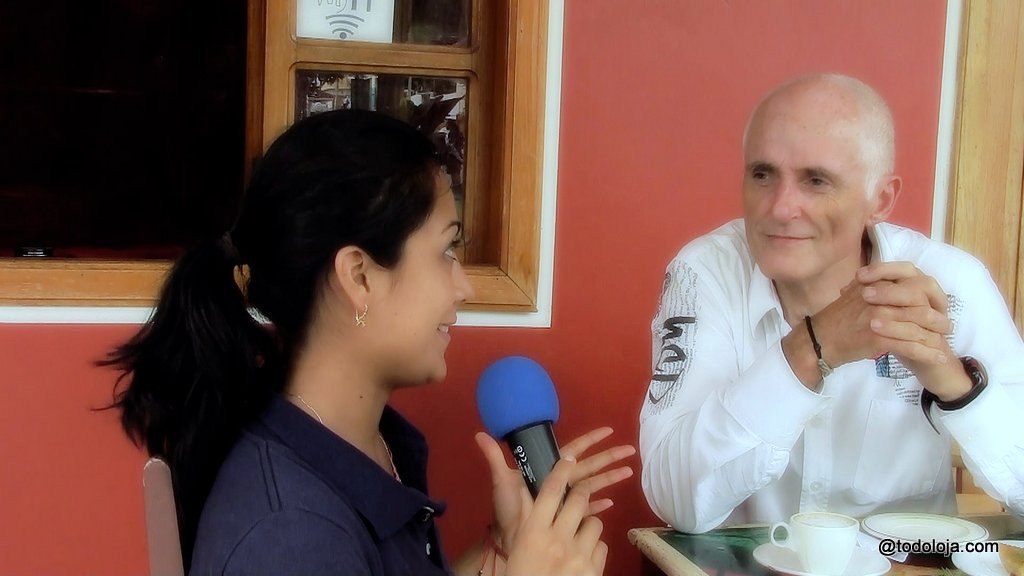
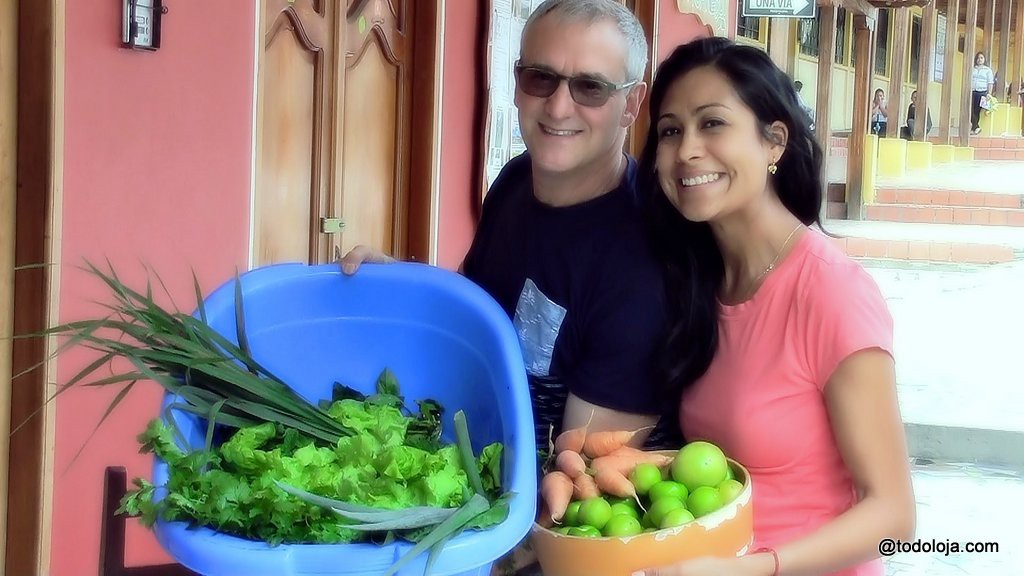


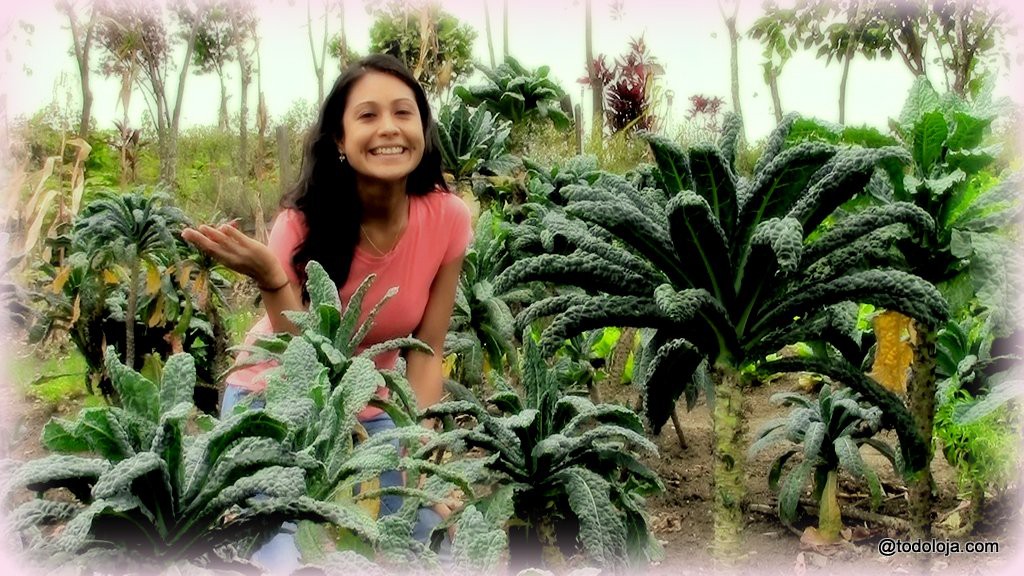




 AgaveBlu Tilapia/Trucha al Mojo
AgaveBlu Tilapia/Trucha al Mojo
